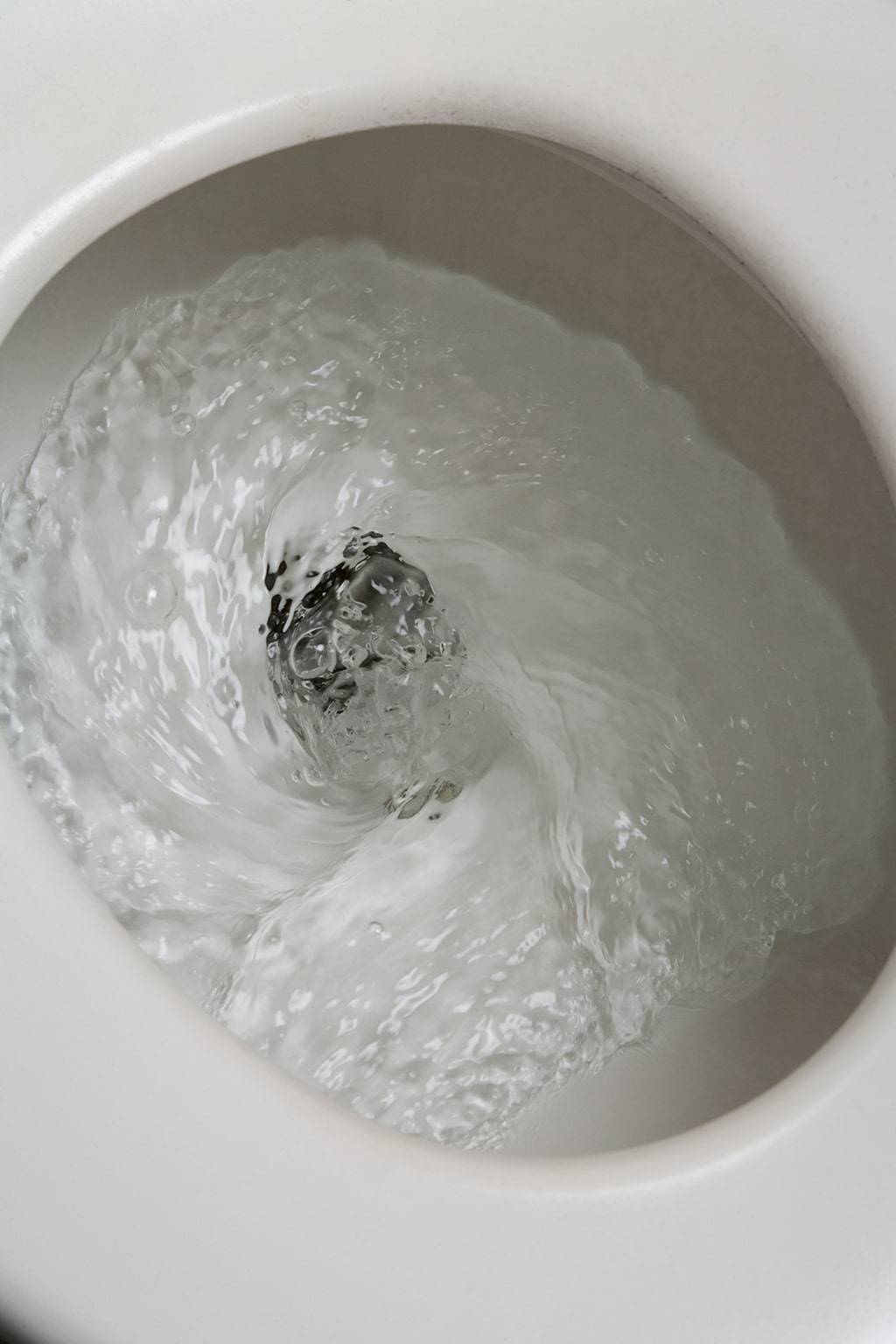
What Are The Most Frequent Causes Your Plumber Diagnoses To Slow Toilet Flushes | Conway, SC
A properly functioning toilet is a crucial part of any home. When a toilet flushes slowly, it can cause several problems. First, it can waste water, which is both expensive and environmentally damaging. Second, it can lead to clogs and leaks, which can be difficult and costly to repair. Finally, it can be simply annoying for everyone who uses the toilet. But what causes a toilet to flush slowly in the first place? Read on to find out the top causes of slow flushing toilets.
Misaligned or Improperly Installed Flushing Mechanism
If your toilet is flushing slowly, the problem may be with the flushing mechanism. The flushing mechanism is responsible for ensuring that enough water enters the bowl to flush away waste. If it is misaligned or installed improperly, it can cause a significant drop in water pressure, resulting in a slow flushing toilet.
In some cases, the problem can be resolved by simply adjusting the position of the mechanism. However, if the problem persists, it may be necessary to replace the entire unit. In either case, it is best to call a plumber for assistance. With their experience and expertise, they can quickly diagnose the problem and find the best solution.
Sediment Build-up
Toilets are designed to flush away waste with a minimum of water and without any fanfare. However, over time, sediment can accumulate in the tank, causing the water level to drop and the flushing power to decrease. In addition, sediment can clog the fill valve, making it difficult for water to enter the tank. As a result, it is important to regularly clean your toilet tank to prevent sediment build-up and keep your toilet working properly. In addition to regular cleaning, you can also hire a plumber to help remove stubborn sediment.
Old or Worn-out parts
One of the most common issues that can cause a toilet to flush slowly is worn-out or damaged parts. Over time, the flapper and fill valve’s rubber components can deteriorate, causing them to leak water. In addition, the float ball can become stuck in the fill valve, preventing it from shutting off properly.
The flush handle can also become worn down, making it difficult to activate the valve. In some cases, replacing a few parts can be all needed to get your toilet flushing at full speed again. However, if your toilet is particularly old or damaged, it may be time to invest in a new one. You should consult a plumber in Conway, SC, to help determine whether it is time for a new toilet.
Lack of Enough Water In the Tank
If your toilet is flushing slowly, one of the first things you should check is the water level in the tank. If the water level is below the bowl’s rim, insufficient water is likely being used for flushing waste away. This can be caused by several things, including a supply line leak or a float valve problem. In either case, the result is the same: the tank does not fill up as quickly as it should, and the toilet does not flush as effectively.
If you suspect that your slow-flushing toilet is due to a lack of water, there are a few things you can check. First, lift the lid and check the water level in the tank. If it is below the overflow tube, you know water is not being added as quickly as it should be. Second, examine the float valve to see if it is stuck in the open position. If so, water will continue to drain out of the tank even when it is full. Finally, check the supply line for leaks. A small leak can cause a big drop in water pressure, leading to a slow-flushing toilet. If you cannot find the source of the problem yourself, then you may need to call a plumber for help.
Poor Plumbing
If your home’s plumbing isn’t up to par, it can lead to problems with the toilet flushing properly. In particular, if the pipes are too small or the wrong type of material, they can restrict water flow and cause a pressure drop. This can make waste difficult to flush away, resulting in a slow-flushing toilet. In addition, poor plumbing can lead to leaks, which can further reduce the amount of water available to the toilet. If you suspect your home’s plumbing is to blame for your slow-flushing toilet, you should call a plumber for assistance. They will be able to inspect your plumbing and make any necessary repairs.
Loose Parts
In some cases, a sluggish flush can be caused by loose parts. In particular, the fill and flush valve need to be tight for the toilet to work properly. If these valves are loose, water will leak out, and the flushing power will be reduced. In addition, the handle may become loose over time, making it difficult to activate the flush valve. If you suspect that loose parts are to blame for your slow-flushing toilet, you should call a plumber in Conway, SC, for assistance. They will be able to inspect the toilet and tighten any loose parts.
Take Action Early
If you have a slow flushing toilet, it’s important to take action before the problem worsens. Otherwise, you may find yourself dealing with a very unpleasant mess. If you’re unsure what’s causing your toilet to flush slowly, then the best course of action is to call a plumber for assistance. They will be able to inspect the toilet and make any necessary repairs. By taking action early, you can avoid a major problem down the road.
We Are the Plumbing Professionals to Call
If you’re having trouble with a slow-flushing toilet in Conway, SC, don’t hesitate to call us at Benjamin Franklin Plumbing of Myrtle Beach for assistance. Our plumbers have the experience and knowledge to fix plumbing problems quickly and efficiently. Contact us today to schedule a consultation. Our plumbers will be happy to help you get your toilet flushing at full speed again.

 843.582.0670
843.582.0670